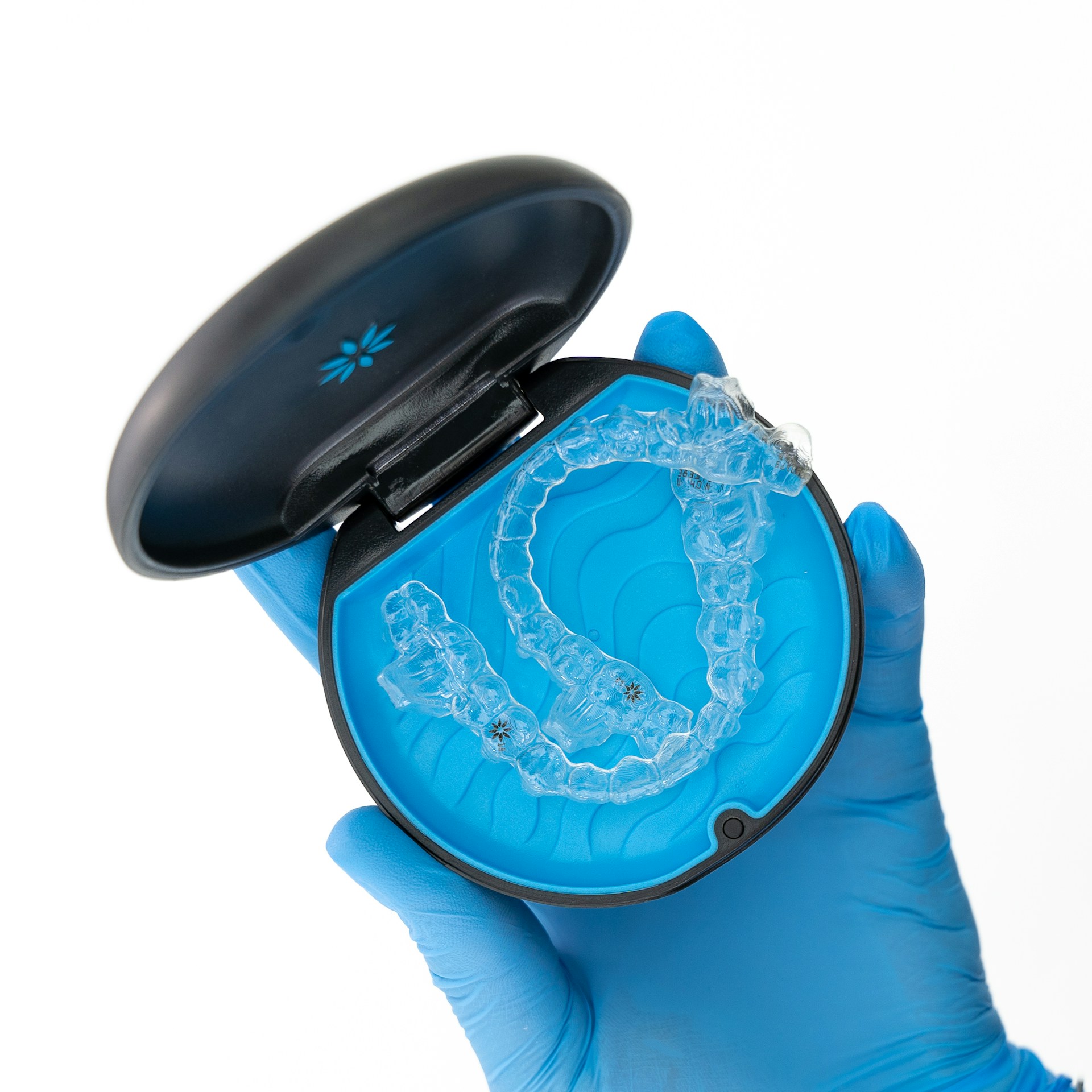Wearing braces is a step towards achieving that perfect smile, but it often comes with its own set of challenges. One common issue brace wearers face is the discomfort caused by braces rubbing against the inside of the mouth.
Fortunately, orthodontic wax is a simple and effective solution to this problem. Here’s everything you need to know about how to use wax for your braces.
What is Orthodontic Wax?
Orthodontic wax is a soft, pliable material that is used to cover the metal brackets and wires on braces. It acts as a barrier between the braces and the inside of your mouth, reducing irritation and discomfort.
It is made of medical-grade paraffin or beeswax and is safe to use in the mouth.
How to Apply Orthodontic Wax to Your Braces
- Wash your hands thoroughly before handling the wax.
- Take a small pea-sized amount of wax and roll it into a ball.
- Dry the bracket or wire that is causing irritation with a tissue or cotton swab.
- Place the wax over the bracket or wire, using gentle pressure to mold it into place.
- Repeat this process for any other brackets or wires that are causing discomfort.
- If the wax falls off while eating or brushing, simply reapply as needed.
Benefits of Using Wax for Braces
Wax is an essential tool for anyone with braces. It offers numerous benefits that make the orthodontic experience more comfortable.
Pain Relief
Braces often cause discomfort, especially when they first go on or after an adjustment. Wax acts as a barrier between your braces and the soft tissues in your mouth, providing immediate relief from pain.
Protection of Oral Tissues
The metal brackets and wires of braces can easily irritate the delicate tissues inside your mouth. Wax helps protect your cheeks, lips, and gums by creating a smooth surface that reduces friction and irritation.
Ease of Use
Orthodontic wax is easy to use and can be applied in seconds. It’s a simple, quick fix that can make a big difference in your comfort level.
Common Problem Areas and How to Wax Them
The most common areas that usually cause discomfort are the brackets and wires at the back of your mouth. These areas are more prone to rubbing against your cheeks and lips due to their position.
To wax these areas, first ensure they are dry by gently using a tissue or cotton swab. Then, roll a small amount of wax into a ball and apply it over the offending bracket or wire. Mold the wax with gentle pressure to create a smooth surface that minimizes irritation.
Another frequent trouble spot occurs where the brackets and wires meet, especially if the wires have sharp edges or extend beyond the last bracket.
For these areas, follow a similar process: dry the area thoroughly, use a small ball of wax, and cover the problem spot. This helps to cushion the rough edges and prevent them from digging into the sensitive tissues inside your mouth.
Regular application of wax in these problem areas can make a significant difference in your overall comfort and help you adapt more easily to wearing braces.
Additional Tips for Putting Wax on Your Braces
- Change your wax regularly, as it can accumulate bacteria and lose its effectiveness over time.
- Avoid chewing gum or eating sticky foods while wearing wax, as they can cause the wax to dislodge.
- Always carry a small amount of wax with you in case of emergencies when away from home.
- Consult your orthodontist if you experience persistent discomfort despite using wax. They may need to make adjustments to your braces for a better fit.
Wax is an essential tool for anyone with braces, providing relief from pain and protecting oral tissues. Knowing how to properly apply and use wax can greatly improve your comfort level during orthodontic treatment.
Frequently Asked Questions About Wax Usage with Braces
Q: Is it safe to swallow wax?
A: Yes, orthodontic wax is non-toxic and safe to swallow. However, it’s best to avoid swallowing large amounts.
Q: Can I still brush my teeth with wax on my braces?
A: Yes, you can still brush your teeth as usual while wearing wax. The wax will not interfere with cleaning your teeth.
Q: Can I use regular candle wax instead of orthodontic wax?
A: No, regular candle wax is not safe for use in the mouth. Only use medical-grade paraffin or beeswax specifically made for orthodontic purposes.
Conclusion
Using wax for braces can significantly improve your orthodontic experience by reducing pain and protecting your oral tissues. Make sure to follow our steps and tips on how to apply orthodontic wax to your braces!
If you have more questions or need further assistance, don’t hesitate to book a consultation with us here at Derek Damon Orthodontics in Bellingham. We’re here to help you achieve a comfortable and beautiful smile.

